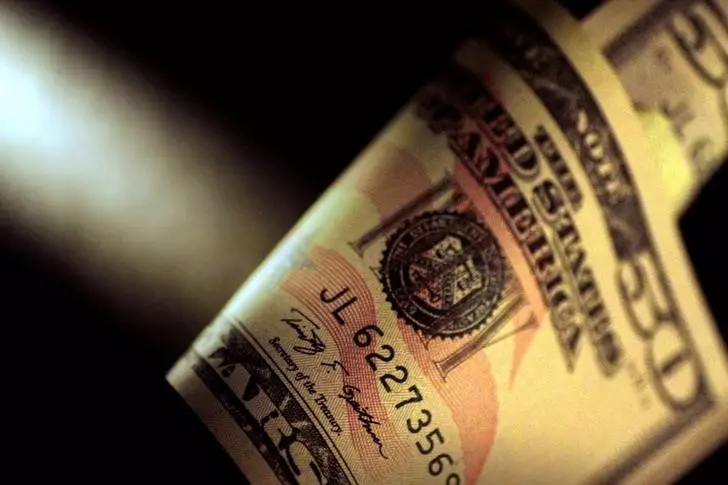As the United States approaches a highly contentious presidential election, the U.S. dollar is showing signs of vulnerability. This week’s trading has demonstrated a slight dip in the Dollar Index, which tracks the performance of the dollar against a set of six major currencies. As of early Tuesday morning, the index had declined by 0.1%, settling at 103.655. This decrease follows a significant retreat from its peak levels, marking the dollar’s lowest standing since mid-October. The shifting political landscape, particularly the close race between incumbent Donald Trump and challenger Kamala Harris, is prompting traders to reassess their positions.
The notion of a “Trump trade” poised to bolster the dollar is encountering skepticism as new polling data indicates a highly competitive race. Recent weeks had seen market dynamics lean favorably toward a Trump victory, especially given his administration’s tariff policies which some analysts argue could stoke inflation. Consequently, this has historically resulted in upward pressure on U.S. Treasury yields and, by extension, the dollar’s value. As market sentiment adjusts, traders are bracing for binary outcomes that could lead to pronounced volatility in the forex market.
Currency strategists are acutely aware of the potential ramifications of the election’s outcome. Analysts at ING highlighted the fraught nature of FX options trading, driven by the odds of significant fluctuations in currency values post-election. They noted, “With an exceptionally close U.S. election upon us,” the stakes could not be higher. Depending on the results, we could see a “Red Sweep” reinforcing the dollar’s strength, while a Harris victory might present a more favorable environment for risk assets, leading to bearish sentiment toward the dollar.
Additionally, the upcoming Federal Reserve meeting looms large on the horizon, with expectations of an interest rate cut becoming increasingly pronounced. Traders are anticipating a 25 basis point reduction—less aggressive than the more substantial cuts earlier this year. The divergence in monetary policy approaches is just one factor influencing dollar valuations, with increasing caution stemming from varying economic indicators such as inflation resilience and unexpected weakness in the labor market which could push the Fed towards further easing.
The euro has demonstrated responsiveness to the dollar’s malaise, with an uptick in the EUR/USD exchange rate feeding off the American currency’s weakness. Trading at around 1.0893, the euro reached its highest point since mid-October, showing potential resilience despite regional economic concerns, including a downturn in French industrial production. Economic data has painted a complex picture for the European currency, as political uncertainty in the U.S. continues to overshadow broader economic trends.
Analysts suggest that an unfavorable election result—such as a Trump win without control of the House—could exacerbate pressure on the euro, particularly if U.S. tax cuts inadvertently stifle global growth. The potential consequences in the market could be profound, leading to even deeper levels of accommodative monetary policy from the European Central Bank (ECB) in response to waning economic momentum.
The British pound has shown slight strength against the dollar, rising to about 1.2980. This reflects anticipation surrounding the Bank of England’s forthcoming decisions, particularly a likely 25 basis point cut which could further influence GBP/USD dynamics. Meanwhile, fluctuations in the Japanese yen demonstrate a sustained period of weakness against the dollar, while the Chinese yuan is under scrutiny amid expectations of government actions on fiscal stimulus, as evidenced by USD/CNY trending slightly lower.
Australia’s dollar is experiencing traction, aided largely by its central bank’s policy decisions amidst robust commentary signaling upward inflation risks. For the Australian dollar, a potential Biden presidency may alleviate tensions with China, thereby removing a significant hurdle for trade and economic performance.
The U.S. dollar’s trajectory as we approach the presidential election remains laden with uncertainty, fraught with potential shifts influenced by both domestic and global factors. The interconnectedness of currency markets underscores the importance of political outcomes—whether they support or challenge current economic policies will inevitably sway investor sentiment and market positioning in the days and weeks to come.

